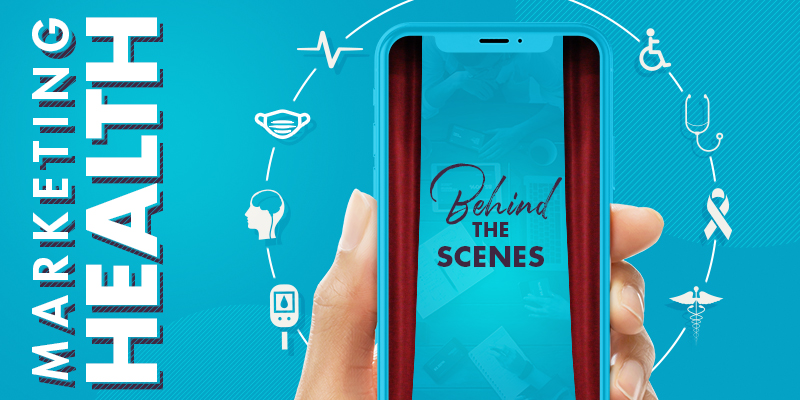Since the start of the pandemic, you’ve probably seen dozens of health communications messages. Maybe it was an advertisement for hand sanitizer, a doctor on television talking about the COVID vaccinations or variants, and discussions on continued mask wearing. In each of these instances, the purpose of the messaging or campaign is to get people to take action or change their behavior: use hand sanitizer, get a vaccine, wear a mask. But how can communicators and public health practitioners encourage the public to protect their own health and the health of others? The answer: there’s a lot that happens behind the scenes to make sure the messages resonate with the targeted audiences.
Let’s pull back the curtain on how some of those messages are developed, and what makes for effective messaging. There are three main types of health communications projects we work on here at TVG from a research-based approach:
- Concept testing research. For these kinds of projects, we test concepts/visuals/messages with the public to see what resonates with them. A finished marketing campaign is the end result. In this case, the creative campaign ideas have been created and we are conducting research to see what resonates with the target audience, and which would cause them to take action.
- Pre-campaign research. For this type of health communications project, we conduct primary research with the target audience to gain an understanding of their perceptions/values/knowledge/beliefs on a particular health topic, and then use that information to develop marketing campaigns. The concepts are developed based on the research. This research helps us understand more about why people behave a certain way, or why they believe certain things. Then we create messaging to help the audience overcome any perceived barriers, and make the desired behavioral change (get vaccinated, use hand sanitizer, wear a seatbelt, etc.)
- Health literacy. For this kind of health messaging, TVG partners with researchers who have conducted scientific research and want to communicate their results. This involves taking that information and making it palatable and understandable for the target audience. This could involve conducting additional research with the target audience to figure out which messages most resonate with them.
How Does Message Development Work?
In order to develop messaging, we need to look at both the data and the purpose of the messaging. Are we informing and creating awareness about a health topic? Are we educating the public? Are we asking people to take action? We use the data to help us find what resonates best with the audience. Sometimes the messaging is already developed, and we have to tweak it if we discover something interesting in the data, such as a barrier to action we didn’t know about before.
What Makes Good Messaging?
When we have a message to disseminate, we don’t just want to talk at people. The message needs to be targeted to the right audience, and it needs to resonate with them. They need to be able to relate to it, it needs to make sense to them, and they need to see themselves. When they see their experience represented, then it typically evokes action or emotion.
And most importantly, with behavior change, we want to move the needle. How many more people got a flu shot? How many people decided to wear a mask in a large group or a group outside their immediate household?
Good messaging that resonates means you really understand your target audience and ask lots of questions about their lived experience. We approach communication through a lens of intense curiosity. The best way I’ve found to communicate effectively is through empathy and understanding, which you achieve through asking lots of questions, listening without judgement, and staying intensely curious. Because ultimately, people are more receptive to a message not because you told them what they should do or think, but because they felt that you heard them, and they could identify with the message. The more you seek to understand others, the more they will hear what you have to say.
Need help with health communications? TVG specializes in this field and has worked with both national and international clients on making health messages resonate with the public. Contact us today to learn more at 314-991-4641 or visit our website at tvgpr.com.
By Laura Vandiver, Senior Research Strategist, Health Educator and Health Coach at The Vandiver Group in St. Louis, Missouri
Follow The Vandiver Group on Facebook, Twitter, LinkedIn and Instagram. Read our other blogs here.

